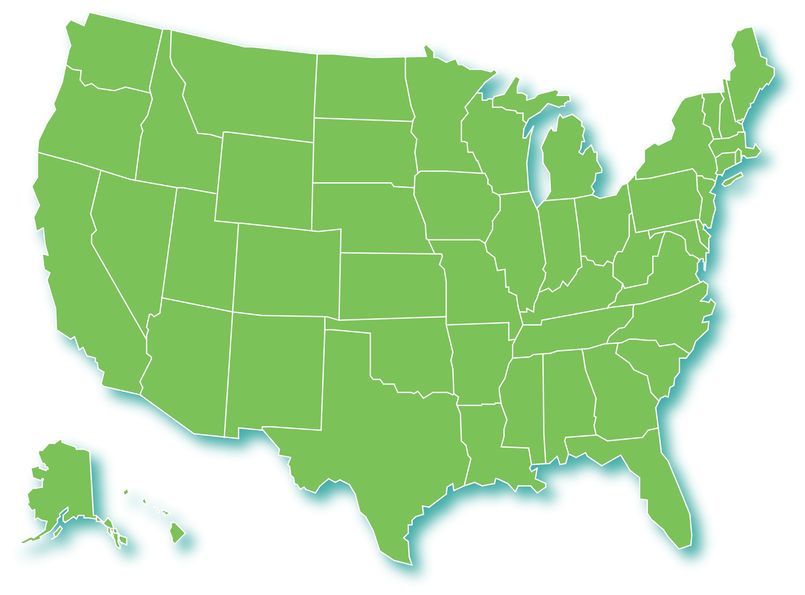According to its draft plan introduced in the U.S. House of Representatives, the House would create a 15-member committee to craft a “detailed national, industrial mobilization plan.” And to what end? To transition the United States economy away from fossil fuels by dramatically lowering its “greenhouse gas emissions,” as well as establish “economic and environmental justice and equality” throughout society – ideally all within 10-35 years.
The proposed Green New Deal doesn’t stop there, but goes much further in committing to “virtually eliminate poverty;” create millions of new “green” jobs; and rewrite the tax code to include, as first-term Rep. Alexandria Ocasio-Cortez recommends, a top federal income tax rate of 70 percent.
Leading liberal politicians — including Rep. Ocasio-Cortez of New York City, veteran Oregon Senator Ron Wyden, and Massachusetts Senator and presidential candidate Elizabeth Warren — have all touted aspects of the “Green New Deal.” But just how could such a plan be implemented? Only by creating a much larger government in both size and scope than we have today – one that commands regulatory authority over virtually every aspect of America’s society and economy.
The idea of a “New Deal” harkens back to the days of Franklin D. Roosevelt who, in the early 1930’s, began a massive expansion of government in the economic affairs of the nation to combat the Great Depression. Unlike today, this was done when unemployment reached a peek of 25 percent of the workforce. The transformation of the federal government as a result of the New Deal has been a lasting legacy of FDR, and was significantly expanded further when President Lyndon Johnson declared a “war on poverty” and launched the “Great Society” in the 1960’s.
History has shown, however, that while the New Deal and Great Society programs temporarily benefitted millions of Americans and provided short-term solutions to ameliorate the impacts of poverty, neither ultimately worked. Both of them failed in their efforts to make the sorts of lasting changes they promised.
Today’s Democratic politicians likely view their efforts at “Green New Deal” as merely a 21st century revamping of FDR’s New Deal or LBJ’s Great Society. But that would be way too modest.
The vision of the Green New Deal goes beyond anything FDR or LBJ proposed or envisioned. Alarmingly, it reads more like the transforming of America through expanded public ownership and the implementation of an “economic equality and justice” agenda that focuses on racial and gender outcomes. Such a “Deal” would require a massive increase in the power and influence of the federal government to dictate societal and economic norms in the private sector and the private life of average citizens. And, to what end?
The United States today is at full employment, is experiencing wage growth, has millions of jobs available and unfilled, and is growing economically at its fastest rate in more than a dozen years. The U.S. has also, with the exception of 2018, largely reduced its carbon emissions – and has done this without signing onto the Paris climate accord. Indeed, the greatest economic and societal challenge in the U.S. today is not too much fossil fuel use, but a national debt of $21 trillion and growing. The Green New Deal would only exacerbate that problem significantly.
It’s one thing to envision societal transformations with utopian sounding rhetoric that implies a cleaner environment and millions of new jobs. Reality, however, is likely to intrude, as history is filled with such attempts at transformations that were very costly and fell well short of their goals, or backfired into national tragedies.
The radical nature and implications of the Green New Deal must be called out. It’s not enough for opponents to say it would harm small business as though this were some debate on raising the minimum wage. The Green New Deal is much, much bigger and all encompassing. It’s about what kind of nation and society the United States will be in the near future.
CFACT policy advisor Peter Murphy is the Founder and Principal of Linden-Grove Strategies, LLC.
